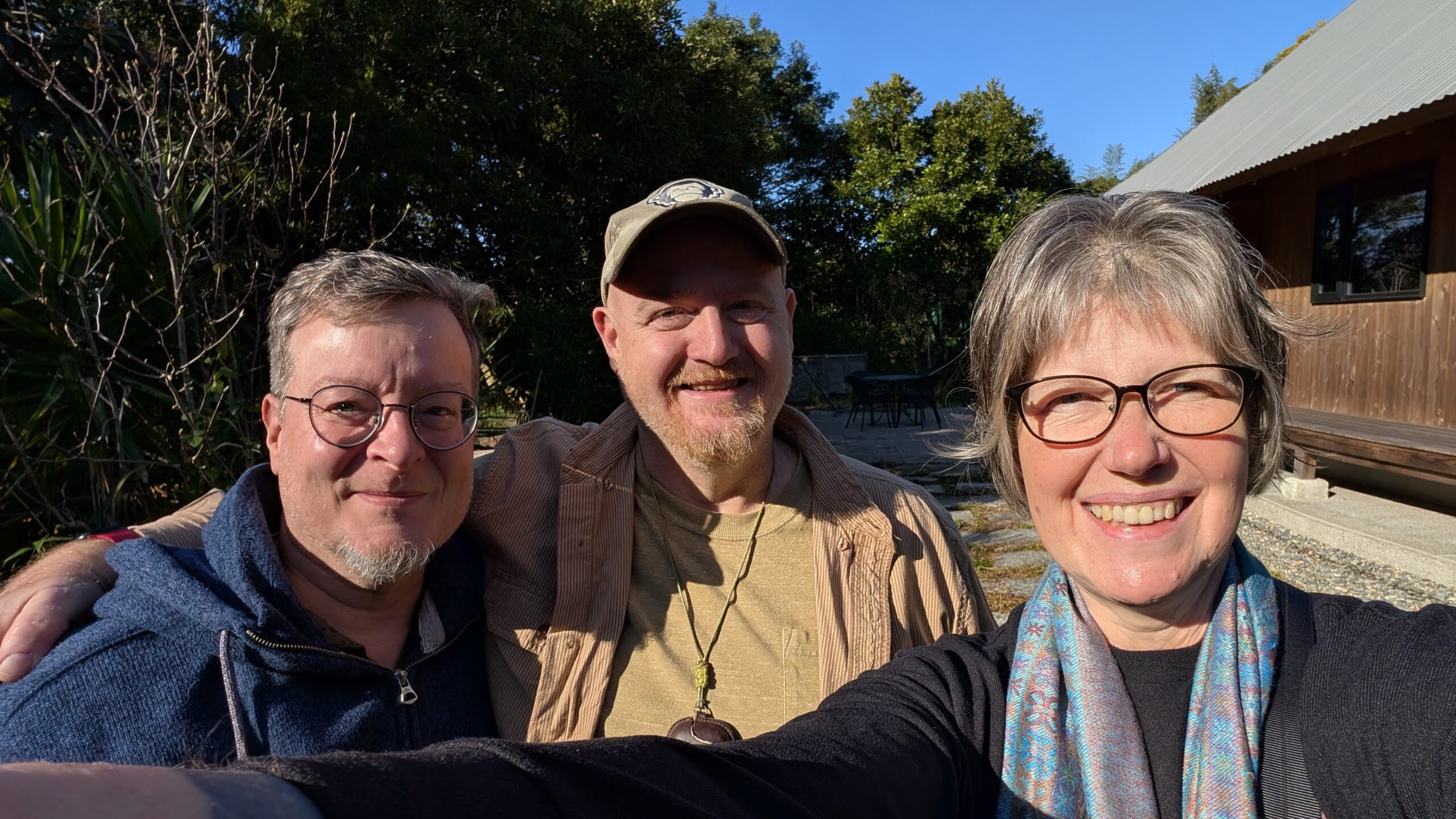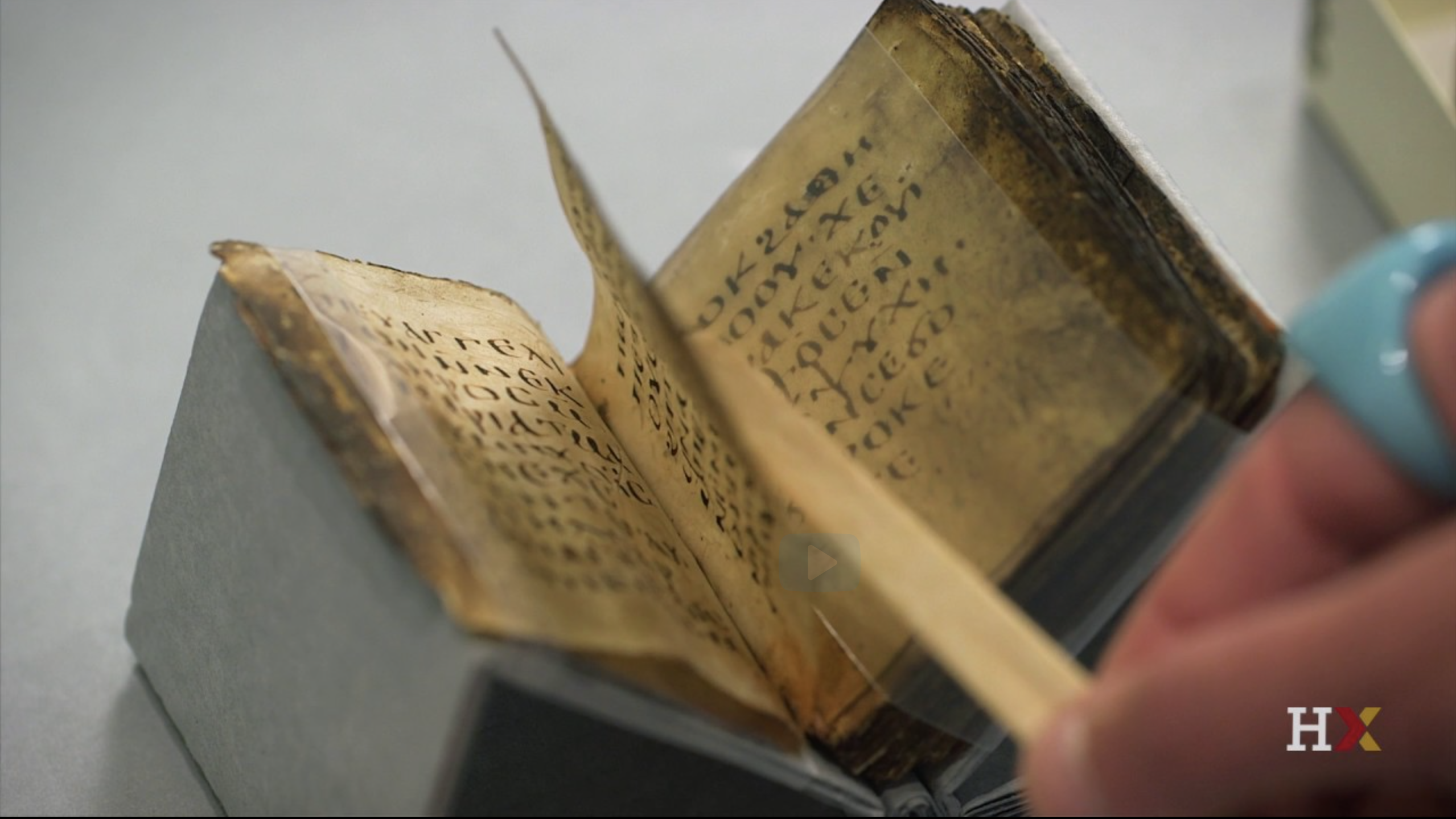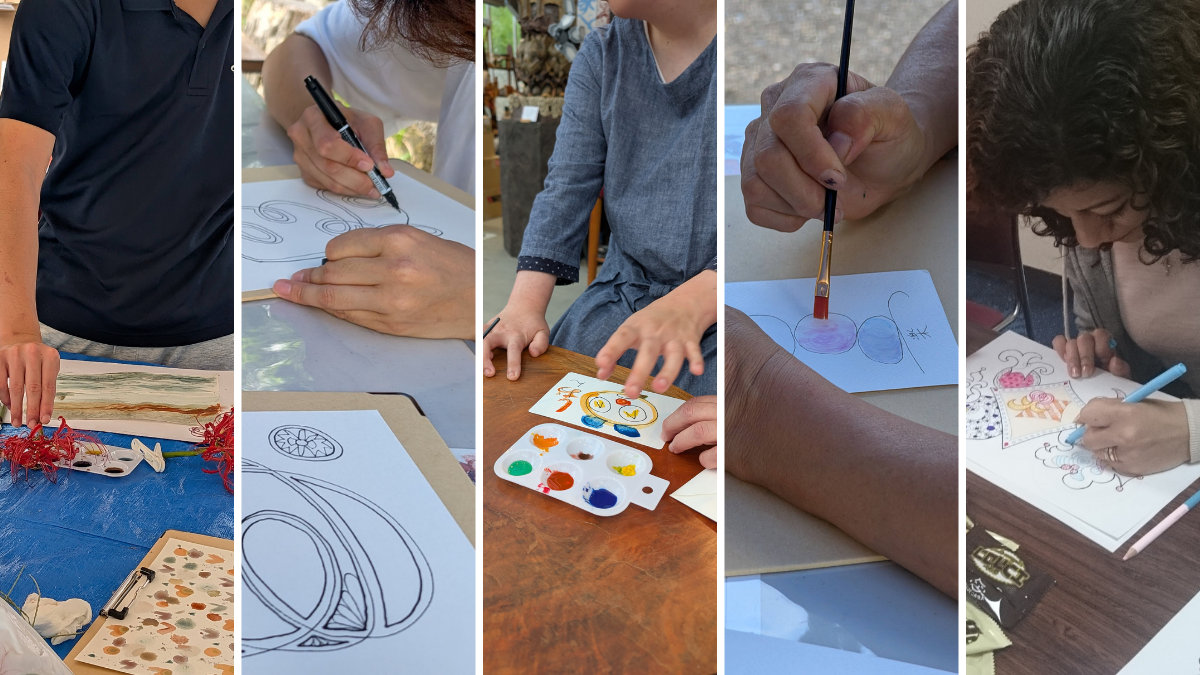Today I experimented with fusing together plastic bags to form an expanse of fabric. There are plenty of tutorials around on the ‘net, (see EtsyLabs or Craftster or this video on YouTube for a start) but you really have to try it yourself to discover what works. I tested out three different kinds of plastic today.
- プラPE – Polyethylene. Fusing point: 70 – 110°C. Unlike in the US, this doesn’t seem to be divided into HD and LD types. It’s all marked “PE” even though it is, of course high and low density plastic. Grocery bags are LDPE and should fuse at about 70- 90°C.
My High-Medium-Low iron’s lowest setting must be well above 90°C because the PE started to shrink quickly almost as soon as I touched the iron to the layers of plastic and waxed paper.

Wrinkles in the fused PE indicate too much heat.

Six layers of this heavier smooth LDPE bag worked better but I still wrinkled it .

Another wrinkly PE attempt, but this time oversewn as a test swatch. - プラ1 – PET. Fusing point: 80 – 150°C. I played with the stiff PET labels from PET bottles. They shrink down to a small fraction of their size in no time and they do not fuse together. It’s cute, but not very useful for making fabrics.

A former 500 ml bottle label - プラPP – Polypropylene. Fusing point: 110 – 160°C. This worked much better for me, my hot iron isn’t so hot as to totally melt PP. Tod’s dry cleaning bags now have a second life as translucent fabric.
The completed 4-layer fabric is too stiff to use for clothing (unless you were making something really structured) but ideal for bags and things like that.

PP fabric is smooth and easy to work with

I made a PP zippered pouch with machine sewn embellishments





